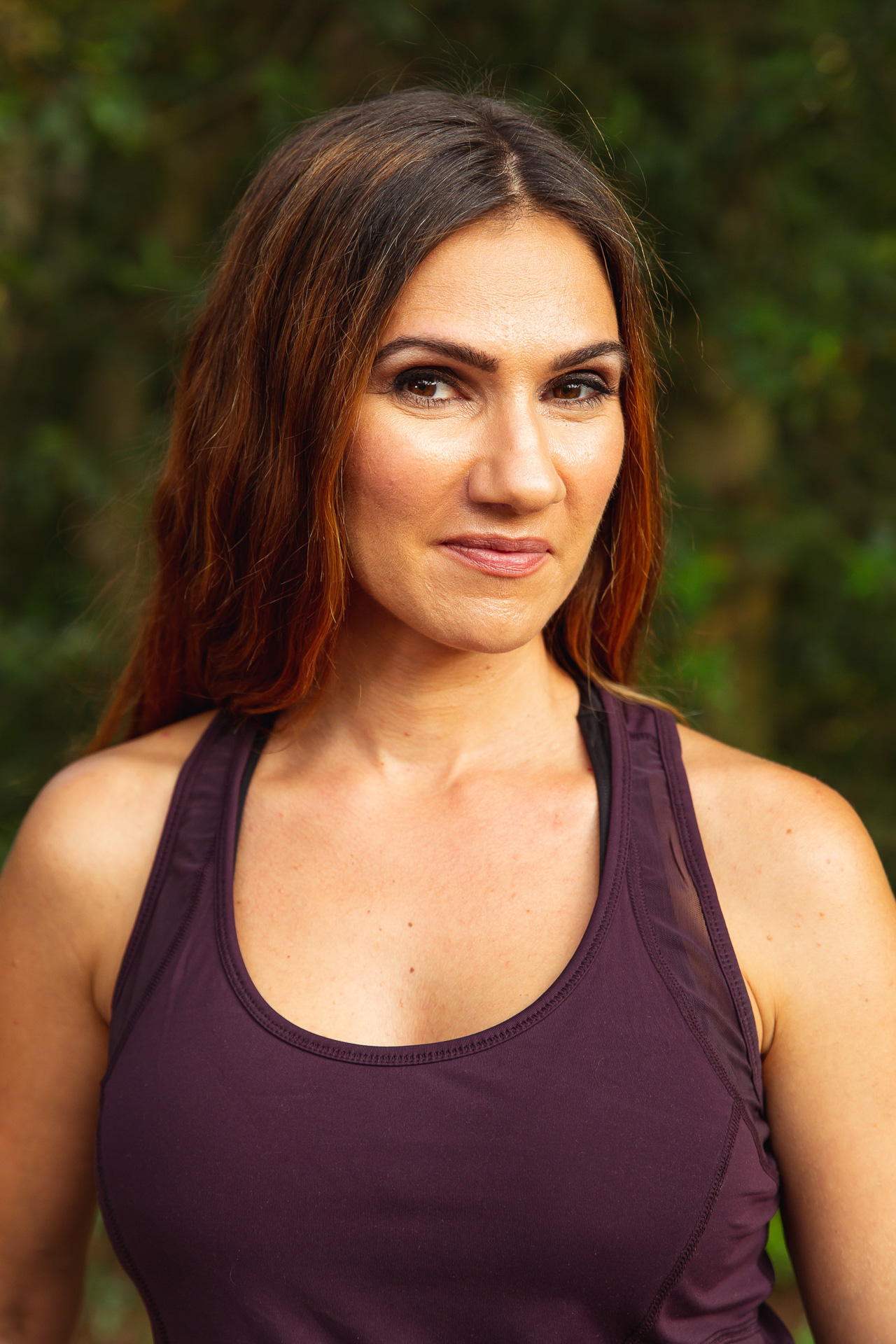The Journey to Becoming a Massage Therapist
- monicapaslaru

- May 12
- 4 min read
Becoming a massage therapist is an enriching journey that combines knowledge, empathy, and a commitment to helping others. This article will guide you through the steps to embark on this fulfilling career, highlighting the essential skills and qualifications needed, as well as the personal experiences that shape a successful practitioner.
The Path of Massage Learning
The journey to becoming a massage therapist begins with a passion for holistic health and a desire to support individuals in their wellness journey. Many aspiring therapists start by researching various massage techniques and styles, such as Swedish or Sports massage. Understanding different modalities allows potential therapists to find their niche and determine what interests them most.
In addition to exploring types of massage, it is crucial to learn about the human body. Anatomy and physiology are fundamental subjects that will support your practice. Many training programs include in-depth courses on these topics to ensure therapists understand muscle groups, joint movements, and bodily functions necessary for effective treatment.

Massage learning is not only about techniques but also the philosophy behind them. The therapeutic relationship between the therapist and client is built on trust, empathy, and communication. Therapists must learn how to effectively communicate with clients, understanding their needs and preferences while maintaining a professional demeanor.
The Importance of Hands-On Experience
Theory is essential, but hands-on experience is invaluable in the massage therapy field. Most training programs require students to complete supervised practice hours. This experience often takes place in a clinic or wellness center where students can apply their theoretical knowledge in real-world scenarios.
In addition to working on clients, many courses emphasize peer practice, where students practice techniques on one another. This peer practice not only builds the student's skill set but also fosters confidence before entering the professional environment.
Furthermore, aspiring therapists might find that attending workshops or seminars can enhance their skills. These opportunities provide exposure to varied techniques and approaches, allowing therapists to develop a more diverse practice.

What Qualifications Do I Need to Do Massages?
Qualifications vary depending on the region, but many areas require certification from accredited institutions. Prospective therapists should look for courses that are recognised by a governing body such as ITEC/VTCT, ensuring a standard of quality and safety in the profession.
Typical Requirements May Include:
Completion of an Accredited Course: Programs typically last from 3-4 months to two years and may award certificates, diplomas, or degrees.
Practice Hours: Most programs require completing a specific number of hands-on practice hours to ensure proficiency.
Certification Examinations: After completing a program, many regions require passing a certification exam.
Continuing Professional Development: Some regions also mandate continuing education credits to maintain insurance and stay updated with new techniques and regulations.
For individuals looking to get started on their path, it is advisable to start researching local schools and institutions that offer courses aligned with your interests and career goals.

Finding Your Specialty in Massage Therapy
As a massage therapist, you have the opportunity to explore various specialties. Different populations and settings may require unique techniques. For example:
Clinical Massage: Works alongside healthcare teams to assist with rehabilitation or pain relief.
Sports Massage: Targets athletes, focusing on injury prevention and recovery strategies.
Relaxation Massage: Aims to reduce stress and promote relaxation through gentle techniques.
Finding a specialty is about both passion and market demand. Consider what interests you most and look into local demand for those services. This can help ensure a successful practice and fulfilling career.
Building a Clientele: Strategies for Success
After gaining the necessary qualifications and skills, the next challenge is to build a clientele. Here are a few actionable strategies to consider:
Networking: Connect with local health professionals, such as chiropractors or physical therapists, who may refer clients to you. Establishing trust in your community will feed your practice.
Social Media Marketing: Leverage platforms like Instagram or Facebook to showcase your services and expertise. Share educational content regarding benefits and techniques.
Wellness Events: Participate in local health fairs or offer free workshops. These opportunities allow potential clients to experience your services firsthand.
Referral Programs: Encourage satisfied clients to refer friends and family by offering a discount for referrals. Word of mouth is a powerful marketing tool.
By applying these strategies, you will not only attract clients but also build lasting relationships that are essential for long-term success.
Embracing Continuous Learning in Your Journey
The field of massage therapy is always evolving. Techniques, research, and client needs change over time. This makes continuous learning essential for professional development.
Consider enrolling in further training courses or workshops that explore new techniques or areas of interest. Engaging with professional organizations will also provide a wealth of resources and networking opportunities.
Personal development is just as important as professional growth. Taking care of your own well-being ensures that you can provide the best possible service to your clients. Maintaining physical fitness and seeking personal relaxation through massage and wellness will help maintain your passion for the profession.
The bonds formed as a massage therapist can be rewarding, allowing you to support individuals on their journeys toward healing and relaxation. Through the process of massage therapy learning, you can develop essential skills and knowledge, continually improving as both a practitioner and a person.
With dedication and an open heart, the journey to becoming a massage therapist can be one of the most fulfilling decisions of your life.





Comments